Starting a vegetarian diet can feel overwhelming at first. With so many new ingredients to try and old favorites to replace, it’s easy to get lost in the supermarket aisles. The good news is that you don’t need fancy ingredients or chef-level skills to eat well as a new vegetarian.
These simple meal ideas will help you begin your plant-based adventure with confidence while avoiding common beginner mistakes.
1. Hearty Vegetarian Chili
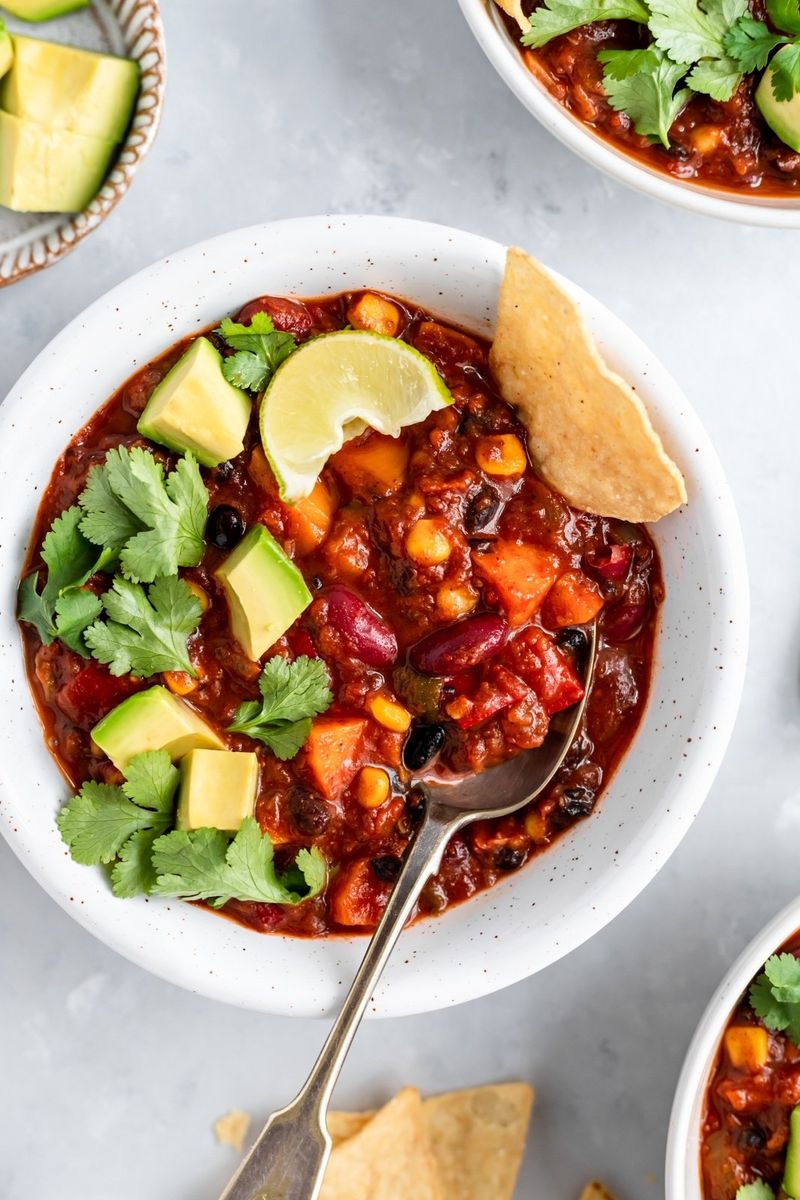
Nothing says comfort food like a steaming bowl of bean-packed chili. The beauty of vegetarian chili lies in its simplicity – just toss beans, vegetables, and spices into one pot and let everything simmer to perfection.
Kidney beans, black beans, and chickpeas create a protein-rich base that will keep you full for hours. Add bell peppers, corn, tomatoes, and onions for color and nutrition. A sprinkle of chili powder, cumin, and smoked paprika brings everything together with that classic chili flavor.
Make a big batch on Sunday and enjoy it all week long. The flavors actually improve after a day or two in the fridge!
2. Vibrant Stir-Fried Vegetables with Tofu
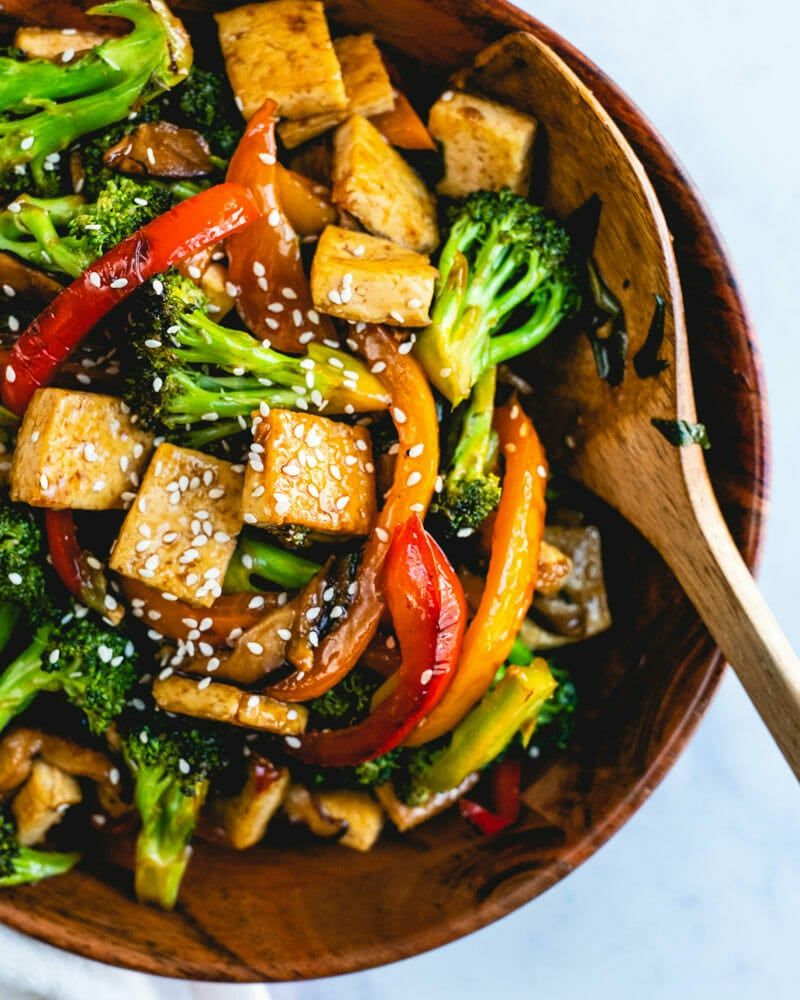
Stir-fries showcase vegetables at their finest – crisp, colorful, and bursting with flavor. The quick cooking method preserves nutrients while creating a meal in minutes.
Start with firm tofu or tempeh for protein. Press the tofu to remove excess water, then cube it and brown it in a hot pan. Next, add a rainbow of vegetables like broccoli, carrots, snap peas, and bell peppers. A simple sauce of soy sauce, ginger, and garlic ties everything together.
Serve over brown rice or quinoa for a complete meal that delivers protein, fiber, and complex carbohydrates in one delicious package.
3. Pasta with Garden-Fresh Sauce
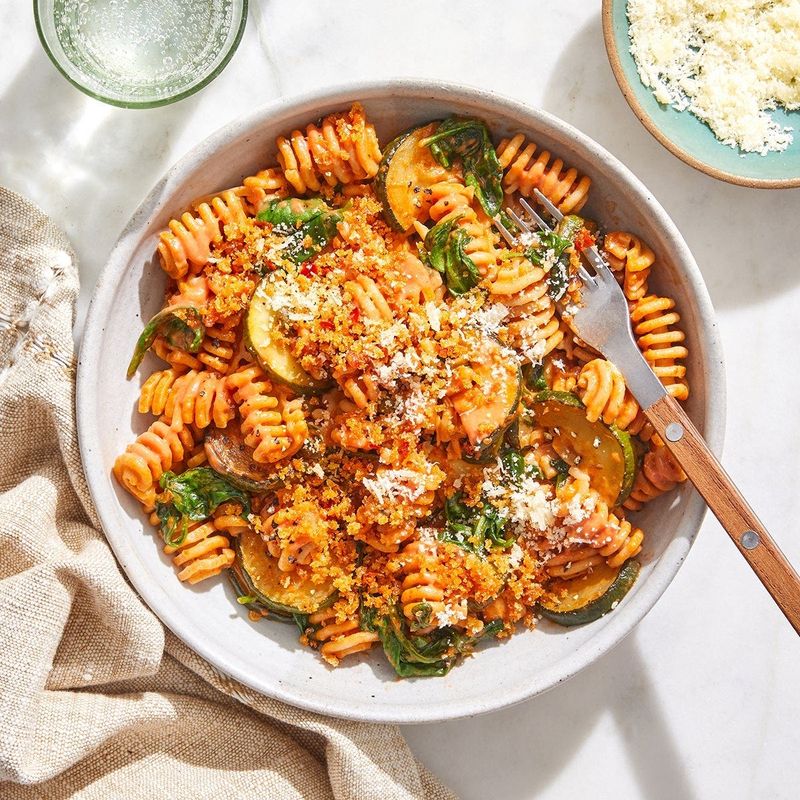
Pasta nights are about to get a whole lot healthier! Regular pasta meals can transform into nutrition powerhouses when you load the sauce with vegetables.
Start with whole grain pasta for extra fiber and nutrients. While it cooks, sauté mushrooms, zucchini, bell peppers, and spinach. Mix with your favorite tomato sauce and add herbs like basil and oregano. For protein, toss in white beans or chickpeas.
This meal comes together in the time it takes to boil water and cook pasta. Even pasta sauce from a jar becomes special when you add your own fresh vegetables and herbs.
4. Protein-Packed Chickpea Salad Sandwiches
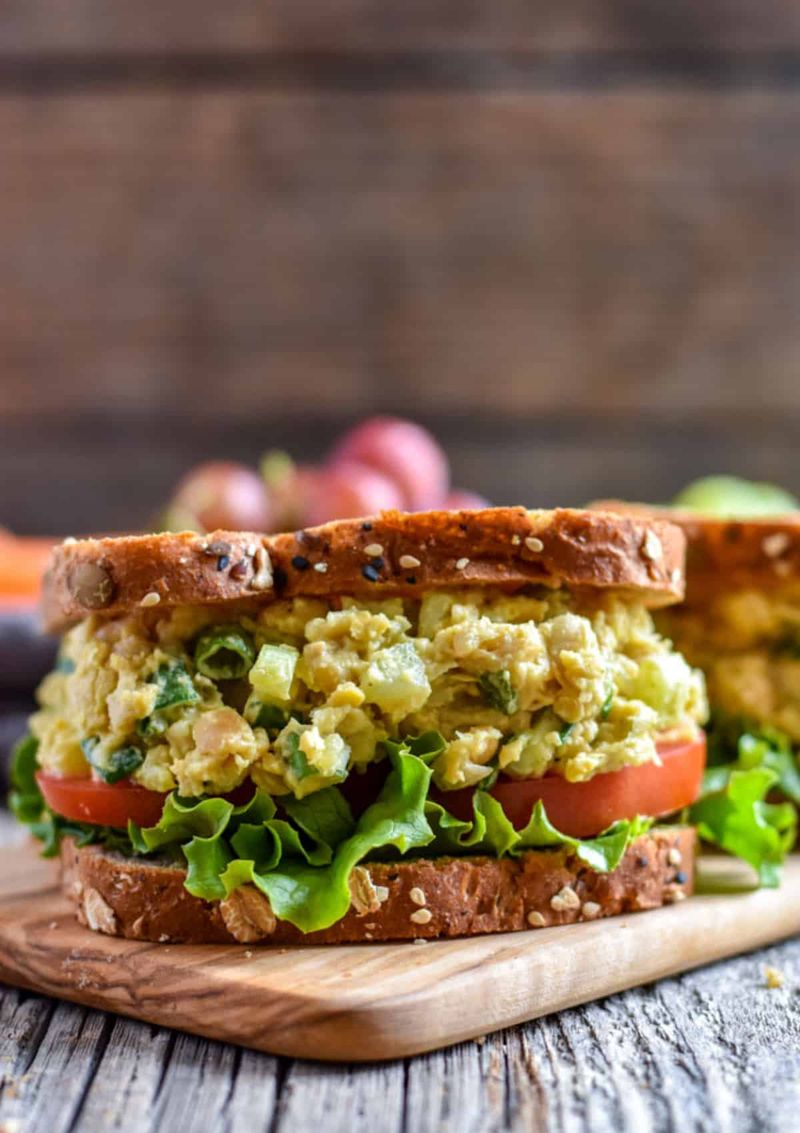
Miss tuna salad sandwiches? Chickpea salad delivers the same satisfying texture and flavor while being completely plant-based. The humble chickpea transforms into a lunchtime star with minimal effort.
Mash a can of chickpeas with a fork, leaving some chunks for texture. Mix in diced celery, red onion, and bell pepper for crunch. Add vegan mayo (or regular if you’re not fully plant-based), mustard, and a squeeze of lemon juice. Season with salt, pepper, and a sprinkle of dill or paprika.
Serve on whole grain bread with lettuce and tomato for a protein-rich lunch that travels well.
5. Nourishing Vegetable Soup with Lentils
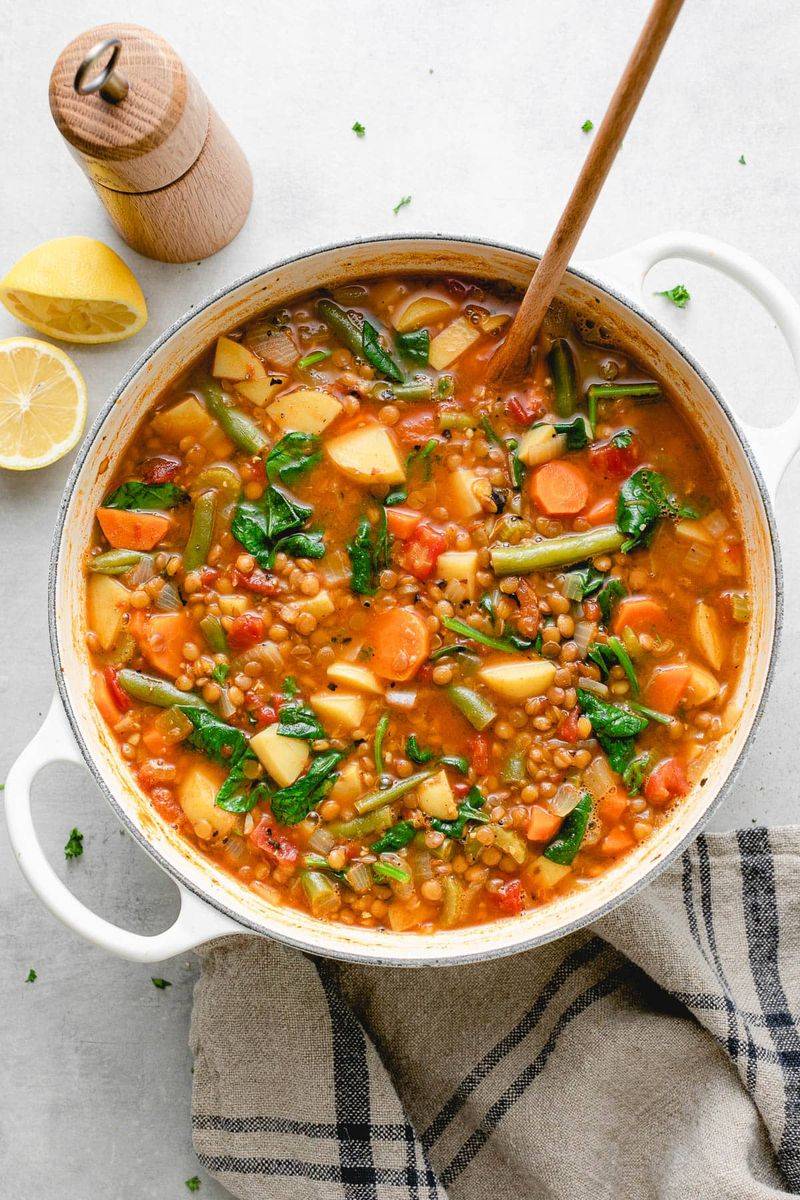
A steaming bowl of vegetable soup warms both body and soul. Adding lentils transforms a simple soup into a complete meal that satisfies hunger for hours.
Red lentils cook quickly and practically melt into the broth, while green or brown lentils hold their shape for a heartier texture. Start with onion, carrot, and celery sautéed in olive oil. Add garlic, vegetable broth, diced tomatoes, and your choice of seasonal vegetables.
Soup welcomes improvisation – use whatever vegetables need using up in your fridge. Serve with a slice of whole grain bread for a complete meal that improves with age.
6. Versatile Egg-Based Dishes
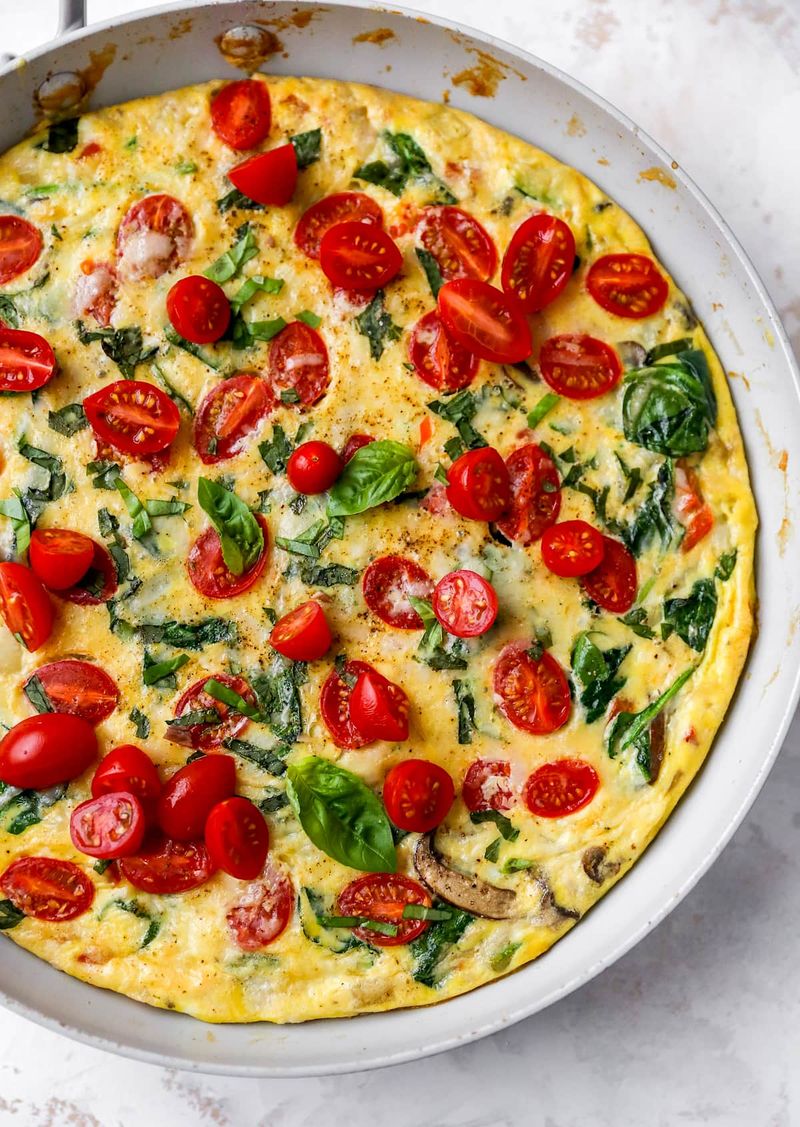
Eggs provide a perfect protein bridge for new vegetarians. Quick to prepare and incredibly versatile, egg dishes solve the “what’s for dinner” question in minutes.
Veggie-packed omelets fold sautéed vegetables and a sprinkle of cheese into a protein-rich envelope. Frittatas use whatever vegetables you have on hand – just sauté, add beaten eggs, and finish in the oven. Quiches combine eggs with milk or cream in a flaky crust for a more indulgent meal.
Even a simple plate of scrambled eggs with toast and sliced avocado makes a satisfying meal that delivers protein, healthy fats, and complex carbs.
7. Buddha Bowls: All-in-One Balanced Meals
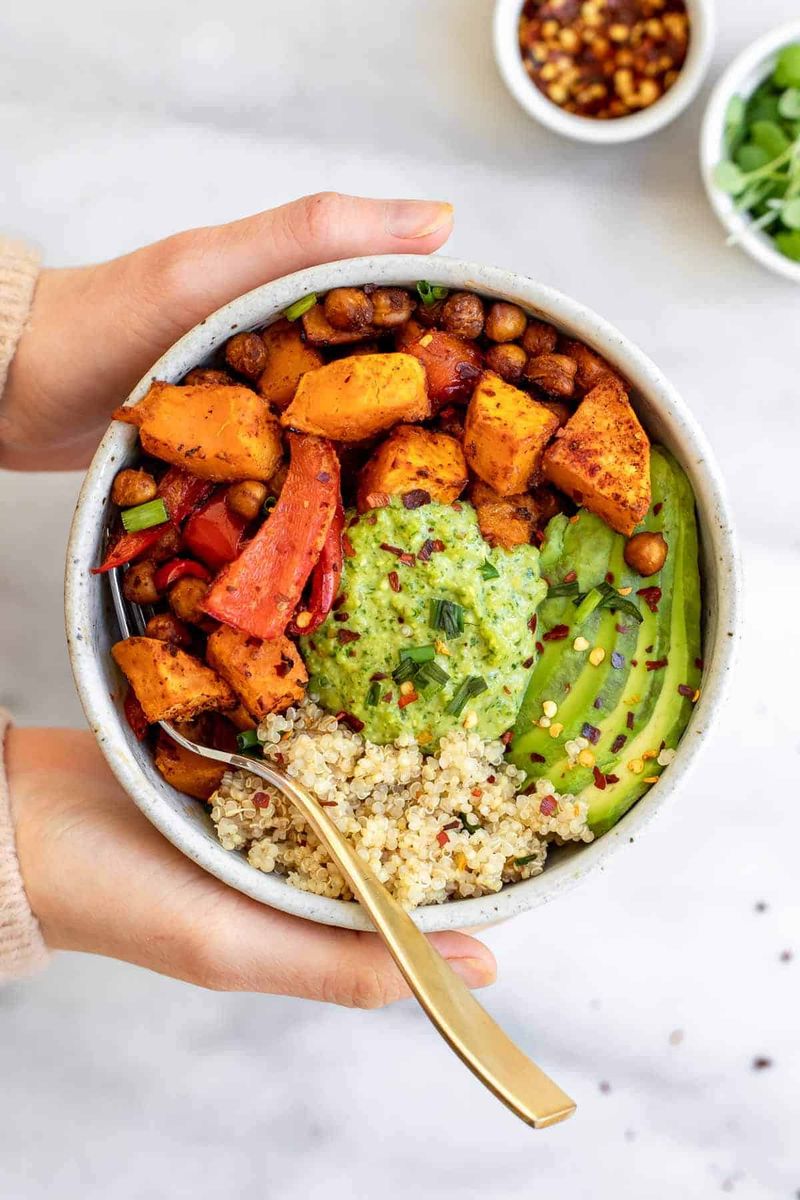
Buddha bowls represent vegetarian eating at its finest – colorful, nutritionally balanced, and infinitely customizable. These one-bowl wonders combine grains, proteins, vegetables, and sauces in endless combinations.
Start with a base of quinoa, brown rice, or farro. Add a plant protein like roasted chickpeas, baked tofu, or black beans. Pile on raw and cooked vegetables in different colors. Finish with a flavorful sauce like tahini dressing, peanut sauce, or avocado cream.
The beauty of Buddha bowls lies in their flexibility. Use leftovers, prep components ahead of time, and never eat the same bowl twice!
With those easy wins under your belt, it’s time to look at a few common traps that can make the transition harder than it needs to be.
1. Beware: Over-reliance on Processed Meat Substitutes
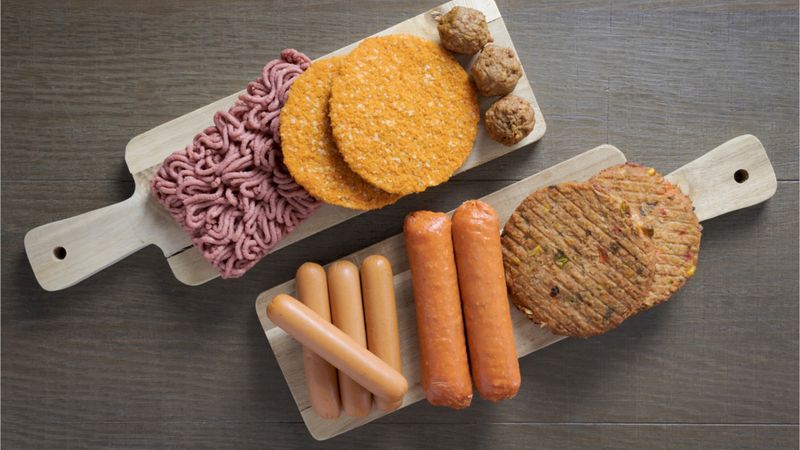
Those freezer-section meat substitutes might seem like an easy transition, but don’t build your diet around them. Many contain excessive sodium, preservatives, and highly processed ingredients.
While occasional veggie burgers or plant-based sausages can help satisfy cravings, they shouldn’t form the foundation of your meals. Many contain as much fat and sodium as their meat counterparts with little nutritional advantage.
Instead, focus on whole foods like beans, lentils, tofu, tempeh, and seitan for protein. These minimally processed options provide more nutrition and cost significantly less than packaged meat alternatives.
2. Mistake: Assuming Salads Are Complete Meals
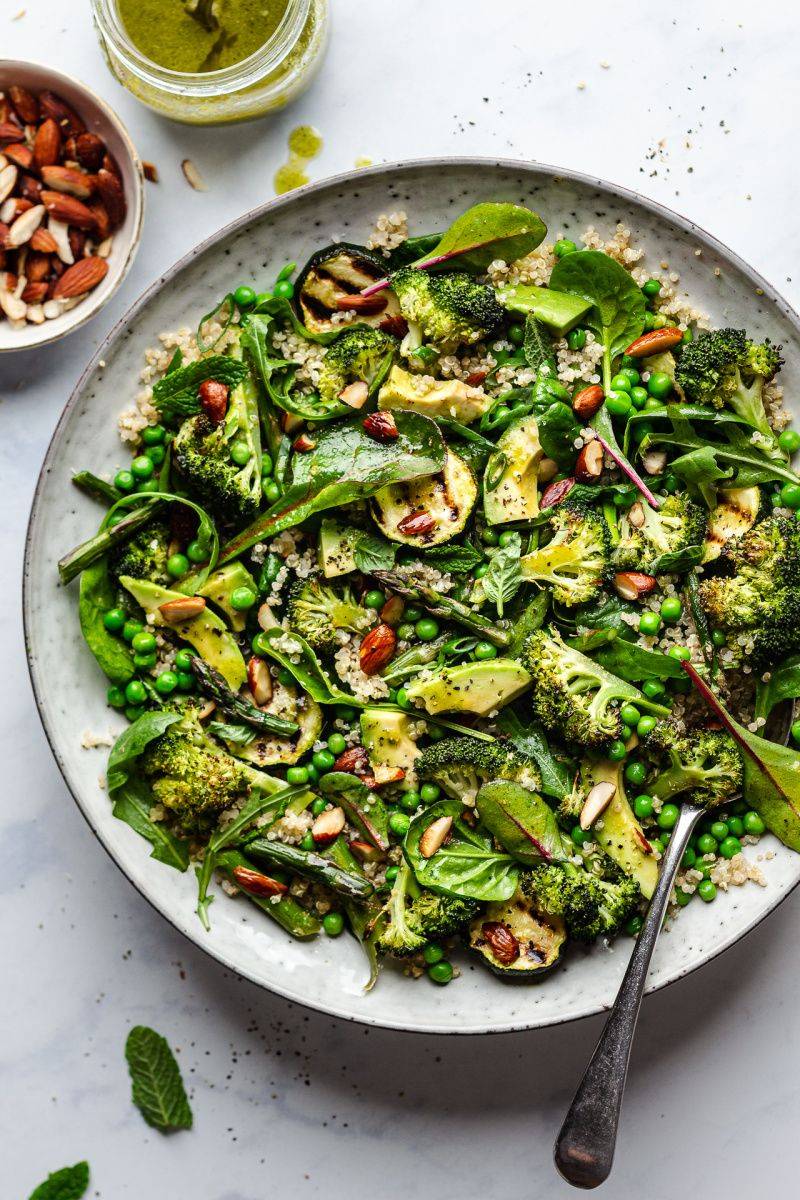
A bowl of greens alone won’t keep hunger at bay for long. Many new vegetarians fall into the trap of eating salads without adequate protein or complex carbohydrates, leading to hunger and energy crashes.
Transform your salads into proper meals by adding protein-rich ingredients like chickpeas, nuts, seeds, or tofu. Include complex carbohydrates such as quinoa, brown rice, or sweet potatoes. Don’t forget healthy fats from avocado, olive oil, or a sprinkle of seeds.
A properly constructed salad should contain all macronutrients – protein, complex carbs, and healthy fats – alongside your colorful vegetables.
3. Pitfall: Skipping Meal Planning
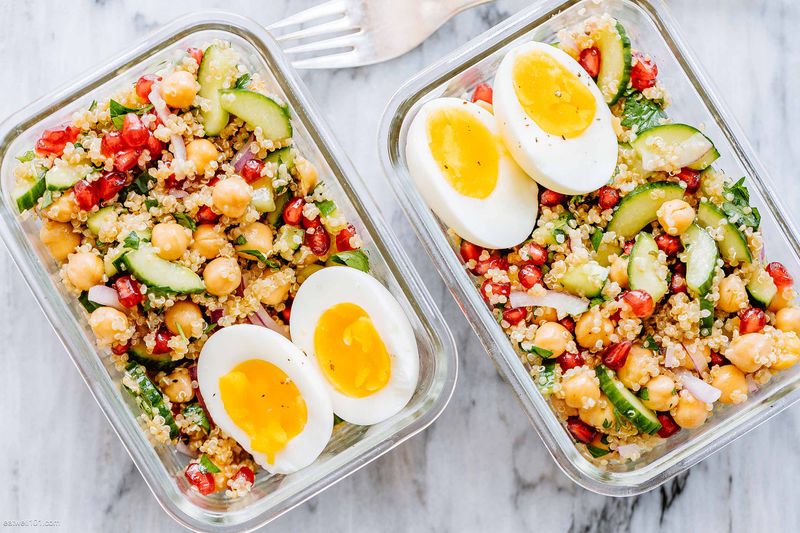
Hunger strikes and nothing vegetarian is ready to eat? Without planning, you might find yourself reaching for processed snacks or breaking your vegetarian intentions.
Set aside time each week to plan several easy meals. Prep basics like cooked grains, roasted vegetables, and a pot of beans to mix and match throughout the week. Stock your pantry with quick-cooking staples like pasta, canned beans, and frozen vegetables for emergency meals.
Keep a list of 5-10 simple vegetarian meals you can prepare quickly. When motivation runs low, you’ll have trusted recipes to fall back on instead of ordering takeout.
4. Avoid: Jumping Into Complicated Vegan Baking
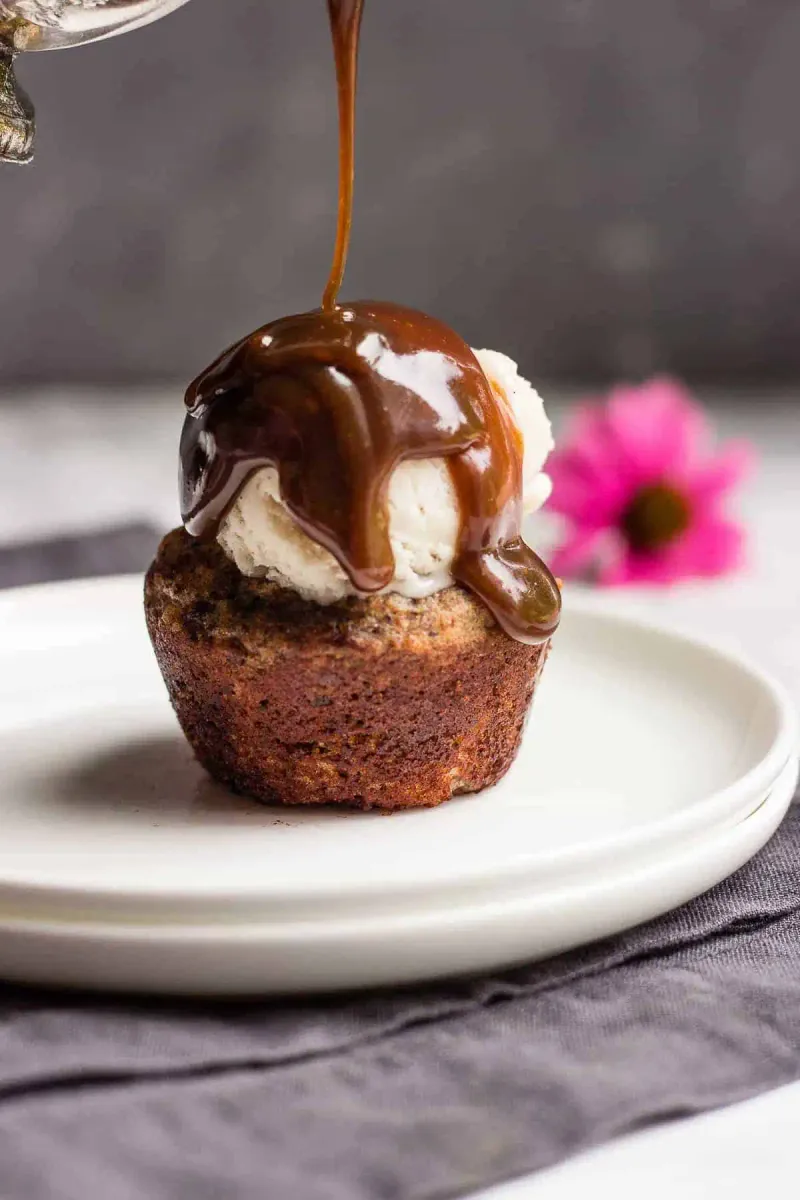
Vegan cakes that require fifteen specialty ingredients might look amazing on Instagram, but they can frustrate beginners. Complex recipes with unfamiliar ingredients like aquafaba or specialty egg replacers often lead to disappointing results.
Start with naturally vegan baked goods that don’t try to replicate traditional recipes. Fruit crisps, oatmeal cookies, and quick breads often work well with simple substitutions like plant milk and vegetable oil.
Save the elaborate vegan croissants and layer cakes for later in your journey. Focus first on mastering everyday cooking before tackling technical baking challenges.
Leave a comment